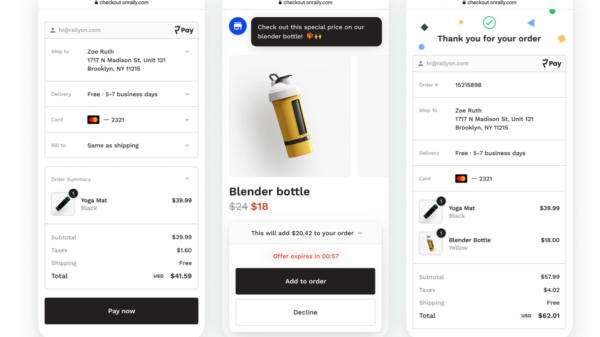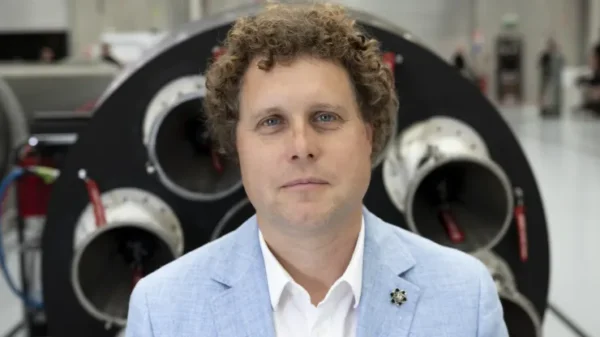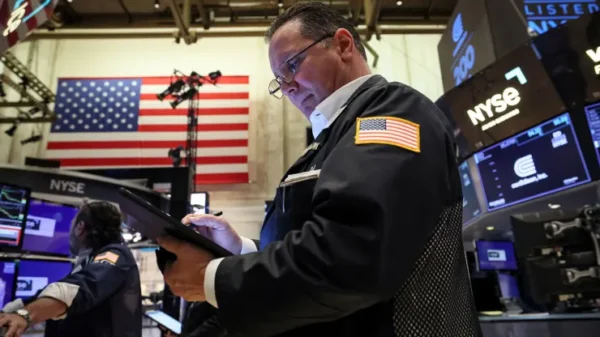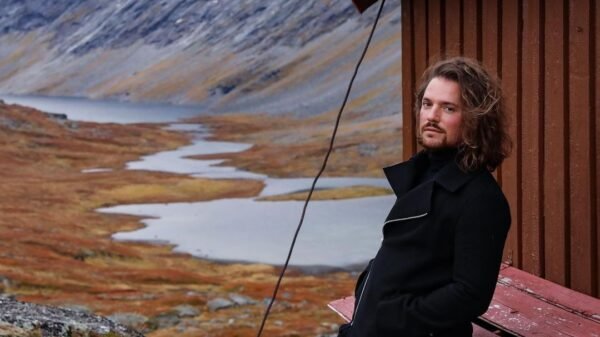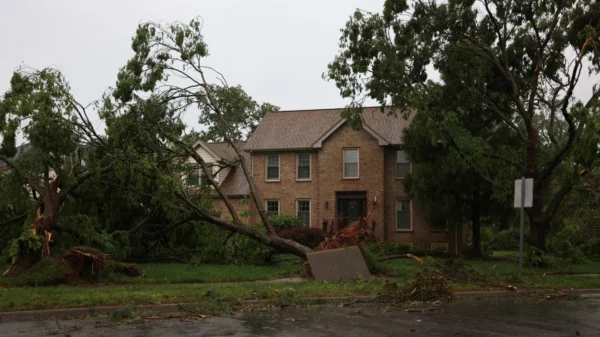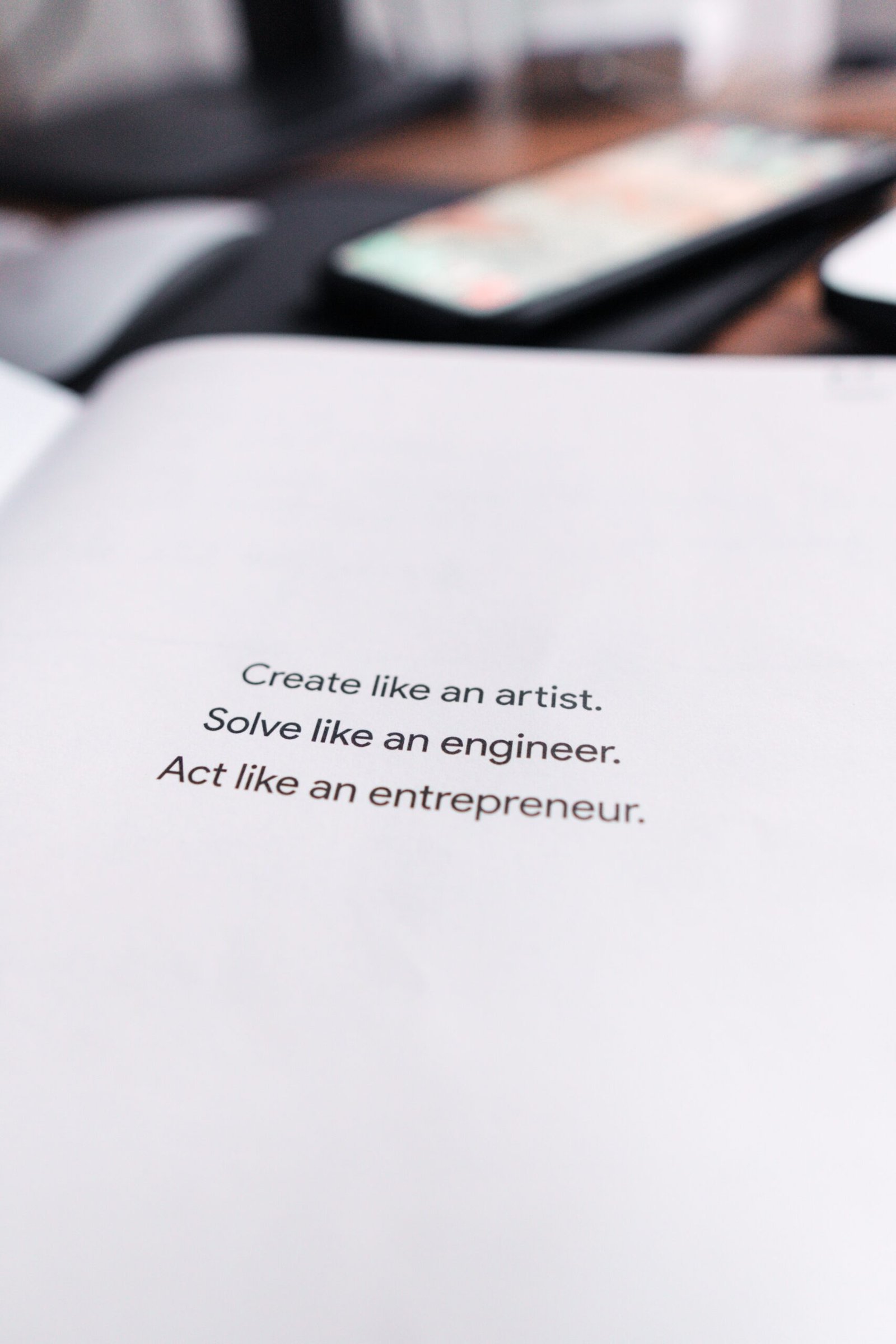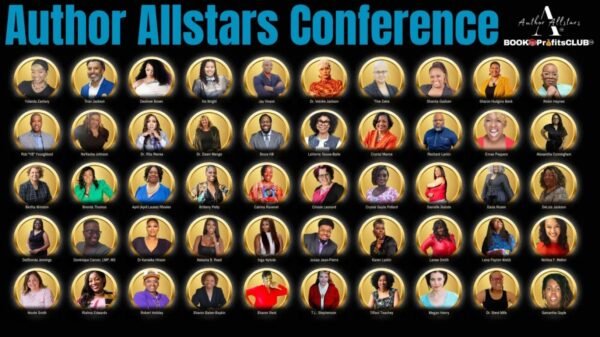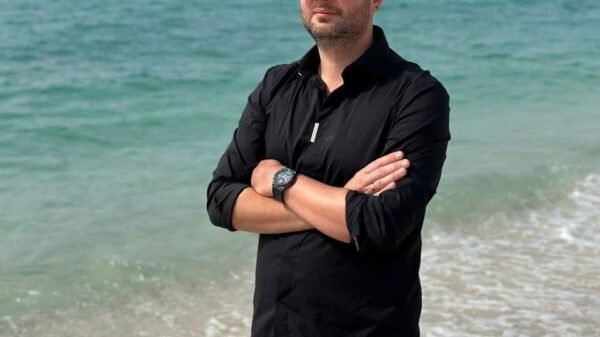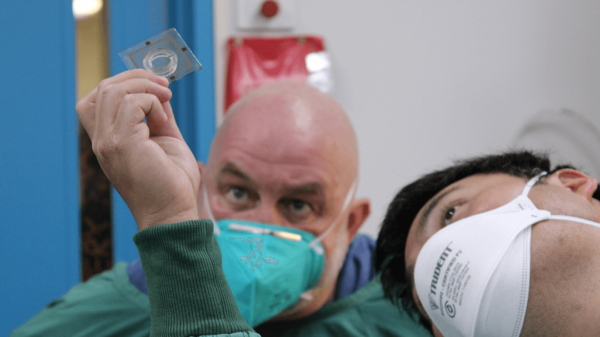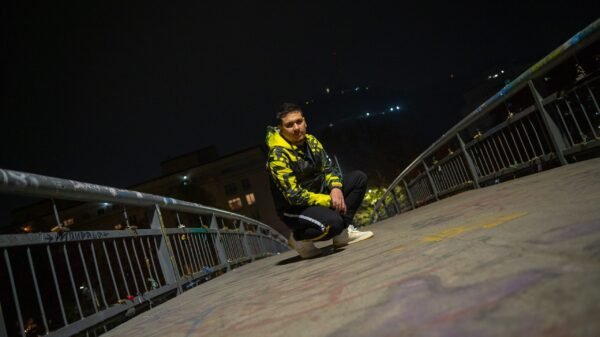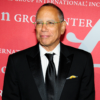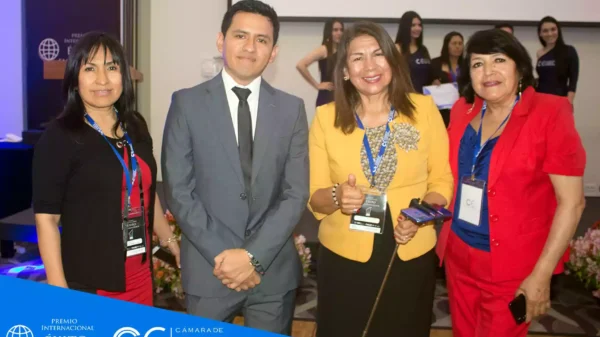The state might be drought-stricken, fire-ridden and wildly expensive, but our readers love it all the same.
Send any friend a story
As a subscriber, you have 10 gift articles to give each month. Anyone can read what you share.
It’s been a long week, so this morning I’m offering a little serotonin boost to carry us into the weekend.
Last month, in honor of Valentine’s Day, I asked you to submit love letters to your corner of California. You emailed me dozens of charming tributes to Santa Cruz, Aliso Viejo, Glendale, Sausalito and more.
I was able to publish only a handful, but today I’m back with another round. Your odes are heartfelt and goofy and, frankly, they prove that love really can be blind. Enjoy.
“When I moved to Long Beach from Philadelphia more than a decade ago, I thought SoCal would never feel like home. I missed the sense of history and the distinct seasons that characterize Philly. Stuck in traffic on the 405, I even missed SEPTA. Over the years, however, I have come to appreciate much about Long Beach — especially the birds. Most mornings, my son and I wake up to a cacophony of wild parrots that frequent the tall palm trees near our house. Spotting the pair of peacocks that wander around our neighborhood is a favorite pastime. And I find true joy in watching the hummingbirds hover outside our dining room windows while I work from home these days.” — Gwen Shaffer, Long Beach
“‘Why do you stay there?’
Because I was born here 10 days after Loma Prieta.
My dad poured detergent soap in the fountain by the city limits as a kid.
My mother’s mother sighed with delight when she first visited — San Francisco was the closest city in America to her hometown.
Here, my great-grandfather sold suits in ways that were maybe a little sketchy.
Here, I ran into my dad on BART and we did the N.Y.T. crossword together.
Here, I stood and fought eviction and its violence.
And here, I see the ghosts of so much of my family gone, but their presence remains.
Here is home.
Where a mutt and a refugee’s daughter who identifies as nothing else identifies as San Francisco’s own.” — Sarah Hartman, San Francisco
“I LOVE the seasons in San Diego. Yes, the seasons. Being a native, I grew up hearing the transplant residents commiserating, ‘There are no seasons here!’ as they stood in their driveways, happily donning sunglasses and short sleeves.
They’re missing it, I’d think. The changing shadows, the subtle and beautiful shifts in the Chinese oak trees, the brilliant and changing hues in the morning and evening skies, the homey smell of wet neighborhood streets, the ebb and flow of the scents of desert herbs … and so much more.” — Sylvia Padilla Sullivan, San Diego
“When I moved from Ohio to Sacramento in 1976, California was suffering from a serious drought that I was not aware of at first. I marveled at day after day of sunshine and blue sky … even into winter! I thought I had moved to Camelot! And now, after all these years and more drought and forest fires, I still think of California as my Camelot.” — Mary Kay Goodley, Sacramento
“I’m a Bay Area girl through and through and every part of my life has been indelibly shaped by the long-term love and commitment this Golden State and I have shared. My youngest daughter and I were both born at El Camino Hospital in Mountain View. My closest friends are the very same friends from Kennedy Jr. High, Monta Vista High (go Matadors!), and my college days at U.C. Berkeley. I met the love of my life here (he went to Stanford and the rivalry is real), got married in an epic Indian wedding for the ages here, and our two girls were born here. My parents live here, my bestest friends live here, and my work for over two decades in the nonprofit/education sector has taken place here. Literally and figuratively, California and my heart are inextricably entwined.
And here’s what I know to be true — when you can go for walks outside every day, when you can cheer on the incredible sports teams that we are proud to call our own, when during a pandemic you can easily see your loved ones outside and go for hikes amid stunning landscapes and eat delicious meals at incredible restaurants outside on a winter’s night … if there is a heaven on earth, it is the Bay Area, and I’m so thankful to have known and to be loved by it.” — Aditi Goel, Los Altos
For more:
In the mood for romance? Read the latest from Modern Love.
Does the songwriter of “I Love L.A.” actually love L.A.?
What songs best capture the spirit of the Golden State?
Once full of hope, Oakland cannabis sellers face a harsh reality.
Ride share fuel costs: A rise in gas prices has made it difficult for many Uber and Lyft drivers to justify the work. One San Francisco-area driver said he was barely breaking even.
Plea to Putin: Former Gov. Arnold Schwarzenegger recorded a video directed at Russian citizens telling their president, Vladimir Putin, to end the war on Ukraine. Schwarzenegger is among just 22 accounts Putin follows on Twitter.
Drought check: Drought conditions are predicted to continue across more than half of the continental United States through at least June, with most of California returning to “severe” or “extreme” drought status.
Transgender youth refuge: State lawmakers plan to introduce legislation that could make California a legal refuge for displaced transgender children, The Associated Press reports.
Abortion legislation: California lawmakers on Thursday voted to make abortions much cheaper for people on private health insurance plans, The Associated Press reports.
SOUTHERN CALIFORNIA
Police video released: A video from two years ago depicts police officers kneeling on the back of a man who was pronounced dead hours later. The man, Edward Bronstein, yelled, “I can’t breathe,” in the footage.
Mask mandate poll: More than half of Los Angeles Unified teachers want to continue the district’s indoor mask mandate, The Los Angeles Times reports.
Basketball: The N.B.A. may soon get its first Orthodox Jewish player, and he’s from Los Angeles, The LAist reports.
Middle school crash: Eight adults were injured when a car smashed into a Perris middle school on Wednesday, The Associated Press reports.
U.C.L.A. housing: Two new apartment buildings will make Los Angeles the first U.C. campus to offer four-year housing, The Los Angeles Times reports.
CENTRAL CALIFORNIA
Abortion politics: Reuters takes us inside the struggle to open an abortion clinic in Visalia — and what it says about America’s complicated and emotional politics of abortion.
NORTHERN CALIFORNIA
New reservoir: A plan to build a giant reservoir in Colusa County got a huge boost when the federal government signaled its intent to loan the project nearly $2.2 billion, The Associated Press reports.
San Francisco recall: A new poll finds that 68 percent of voters support recalling District Attorney Chesa Boudin of San Francisco, SFGate reports.
Ukraine: Russia’s invasion of Ukraine hits close to home for the people of San Francisco’s Little Russia, The San Francisco Examiner reports.
Bear theft: A man who took two bear cubs from their den in Shasta County pleaded guilty to possession of a prohibited species, The Associated Press reports.
Court appointee: The Senate on Thursday confirmed Judge Jacqueline Scott Corley as a federal judge in San Francisco, The San Francisco Chronicle reports.
Spicy green garlic chicken soup.
Today’s tip comes from Luz Consuelo Triana-Echeverría, who lives in Minnesota.
“My favorite place to visit in California is Palm Springs during February or March, when it’s still very cold in Minnesota. My boyfriend used to go every year but now that he passed, I still go by myself. We made it a tradition to stay at a hotel with a nice pool where not surprisingly, we meet many Canadians and Minnesotans trying to beat the cold.
One nice trip is to take the Aerial Tramway, where you can appreciate the Chino Canyon as you arrive to the San Jacinto Peak and have lunch at the nice restaurant on top of the mountain. Another day, I drive through Chino, where I always stop at a fig plantation and buy figs for the rest of the year.
On another day, I cannot help but drive through Joshua Tree National Park, where if I’m lucky to be there during the perfect week, my sight is embellished by the presence of wildflowers everywhere. But the most amazing place in Palm Springs is the oasis of California Palms on the San Andreas fault lines. When I’m driving through the desert, it’s mesmerizing to see a green area far away. As I get closer, that greenery starts becoming a reality, but once I’m right there, the incredible width and length of the palms are just jaw dropping. Because who would expect to find dense and luxuriant palm trees in the middle of the desert?”
Tell us about your favorite places to visit in California. Email your suggestions to CAtoday@nytimes.com. We’ll be sharing more in upcoming editions of the newsletter.
A new book about the many constellations of communities in the Southern California desert.
After a major fire swept through Sequoia National Park’s Giant Forest six months ago, the famous grove has been either closed or open to visitors on a limited basis.
But park officials recently announced that the Giant Forest — home to five of the largest sequoias on the planet — is once again open seven days a week, The San Francisco Chronicle reports.




